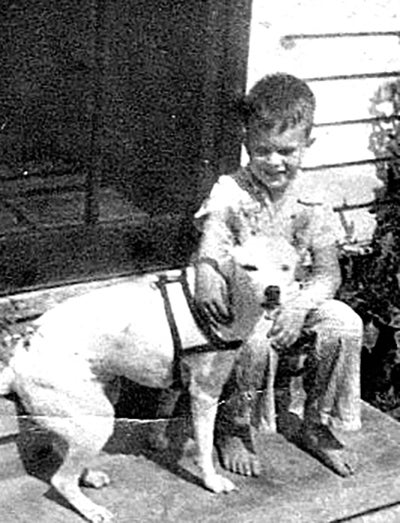And Now You Know: Orange Commercial Club promotes Orange in 1910
Published 12:47 am Saturday, June 26, 2021

- And Now You Know
|
Getting your Trinity Audio player ready...
|
The Orange Commercial Club published a pamphlet in 1910 that contained about a dozen pages and gave many reasons why Orange was a profitable city and a great location to live and have a business.
The document stated that Orange County was comprised of 195,880 acres, about 60,000 were in cultivation leaving 135,880 unimproved. The unimproved acreage was worth $4 to $10 per acre, the improved land was worth $15 to $50 dollars per acre. The unimproved land was about one third timberland and two thirds prairie lands.
“The beauty of the City of Orange has been referred to by writers of magazine articles and special newspaper correspondents as the Gateway to the Great Gulf Coast Region of Texas. The population of the city, including suburbs closely approximates 10,000 and there is continuous growth.
Location on the Sabine River gives the city a ‘splendid advantage’ for manufacturing and the city boasts some of the finest homes in the South.”
At that time, Orange had ten churches, two Baptist, two Methodist, one each Lutheran, Christian, Catholic, Episcopal, Presbyterian and Hebrew.
Orange had social societies including the A.F. & A.M., Odd Fellows, Woodmen, Rebekah, Eastern Star, Maccabees, Elks, Etc.
“Orange and Orange County has a first class system of schools; teachers are thoroughly trained, and the latest equipment and most systematic methods are employed. Orange city schools include a first class high school.”
At that time Orange had three hotels and several boarding houses. The Holland Hotel was a first class hotel in every respect. It was a modern three story brick building with 100 rooms, about half with baths. It was elegantly furnished and modern in every respect. The construction of the Holland Hotel had been about $150,000.
Water supply for the city came from artesian wells, depth of the wells was between 650 and 800 feet. The supply was estimated to be enough for a city three times as large as Orange. The water supply was so good that ocean going steam ships came to Orange to renew their water supply for the ships.
Water quantity was so great that water could be shipped to other cities on demand. A well recently put down gave a flow of three million gallons of water per day.
The pamphlet touted Orange as a wonderful winter resort due to a “fine climate”, artesian water, good boating, and fine hunting and fishing. Moves were being taken to develop a men’s club including a natatorium. Another project being discussed was to build a clubhouse on Sabine Lake, about eight miles south of the city.
“We have at Orange good roads for automobileing, we have a splendid river and lake on which ply hundreds of pleasure craft, tugs, barges, and steamships. Orange is only eight miles from Sabine Lake and thirty miles from the Gulf of Mexico. On the lake and numerous bayous, the fishing and hunting is always good.”
Railroads were numerous in Orange in 1910. The Southern Pacific Railroad operated east and west through Orange, with Houston being 105 miles away to the west and New Orleans 250 miles to the east. The Orange and Northwestern Railroad operated from its terminus in Orange to Newton, 60 miles to the north and connects with the C.S.N.O & P. at Mauriceville. The G.C. & F. came into Orange over the tracks of the Frisco line. Other railroads into the city were the K.C.S. & C.S. N.O. & P. which extended northeast to southwest through the northern part of the county. Another important line was projected to run in a northeasterly direction from East Orange, It was expected that the line would be built within two years.
The Sabine River was recognized as one of the best deep water ports west of the Mississippi River. It was navigable for 300 to 400 miles inland from Orange, From Orange to Sabine Lake the river was wide enough and deep enough for ocean going steamers.
A canal had been constructed that was ten feet deep from the mouth of the Sabine River to Port Arthur. The canal could be used to carry manufactured goods out of Orange.
Orange was poised with her natural harbor and shipping capabilities to become a deep water seaport for the largest ocean steamships.
There were two wholesale grocery businesses and one hardware company. There were numerous retail businesses, well supplied to take care of the needs of the citizens of Orange.
“A system of fine shell roads is being built throughout the county and the Trans Calcasieu-Texas state automobile road is being constructed east and west through Orange.
With all our natural advantages, including raw materials, location for distributing products, shipping facilities and our present achievement as a manufacturing city, Orange will undoubtedly become a city of much commercial prominence within the next few years.”
“And now you know.”






